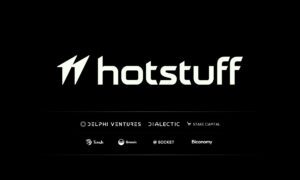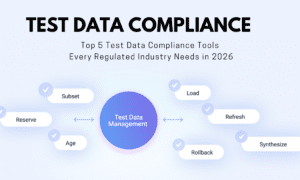We’ve always chased faster, more efficient ways to move value and to make finance instant, accessible, and seamless. But while we’ve made progress in interface and convenience, the underlying pipes of the global financial system are still bogged down by legacy infrastructure and layers of intermediaries.
Think about it. A simple international bank transfer takes days, requires multiple entities to approve and reconcile it, and racks up hefty fees along the way. The system mandates you trust your bank, your correspondent banks, the foreign bank, and everyone in between to execute the transaction faithfully. That’s a lot of hands involved for what should be a basic function, i.e., sending money.
And when systems are built on trust, they’re also vulnerable to the lack of it. Fraud, human error, censorship, and inefficiencies are slowing down progress to this day. Is that because there’s no innovation? No, but because the foundation itself is outdated.
Stablecoins Complete the Equation
To truly modernize finance, we needed a foundation where trust isn’t a prerequisite, because verification is baked in. Blockchain technology offered exactly that. But business runs on value exchange, and that value must be stable. Regular cryptocurrencies are notoriously volatile. Stablecoins solve this elegantly.
Pegged to real-world assets like the US dollar or gold, stablecoins bring price stability to a trustless and programmable world.
And the world is noticing.
In 2024, stablecoin transfer volume hit $27.4 trillion. That’s more than the combined transaction volume of Visa and Mastercard!

Source: Token Terminal
The Infrastructure Lag
Stablecoins, like USDT and USDC, are clearly ready for prime time. But is the infrastructure ready too?
Most businesses and financial institutions operate on infrastructure built for an era rooted in bank rails, batch processing, and manual reconciliation. Adopting stablecoins means embracing an approach that demands real-time settlement, composability, on-chain compliance, and global accessibility.
But retro-fitting stablecoins into traditional systems isn’t easy. It needs rethinking how your systems handle value altogether. Attempting to jerry-rig stablecoins onto legacy systems is often clunky at best, and risky at worst. It can break compliance checks, accounting logic, reconciliation processes, or introduce vulnerabilities that didn’t exist before.
So, while stablecoins are ready, most systems aren’t.
The Need for Purpose-Built Infrastructure
The solution isn’t to tear down everything and rebuild from scratch. That’s unrealistic for most businesses.
What’s needed is an interoperable, modular infrastructure layer that can act as a bridge between the old world and the new. This is where companies like Transak come in.
Transak: A Purpose-Built Stablecoin Infrastructure Layer
Transak is an end-to-end stablecoin payments infrastructure provider built to power modern finance.
At its core, Transak helps users seamlessly onboard into financial applications (whether that’s a DeFi wallet, a stablecoin-powered lending app, or a cross-border remittance tool). But what sets it apart is modularity. Transak doesn’t believe in a one-size-fits-all solution. Instead, it lets organizations pick and choose the infrastructure blocks they need.
Here’s how:
- Need just on/off-ramps? Plug in Transak’s fiat gateway and enable users to buy or sell stablecoins using local payment methods without touching the complexities of crypto rails.
- Already have KYC and AML covered? No problem. Transak’s KYC module is optional and can be toggled off or integrated selectively.
- Need global coverage? Transak is already registered in multiple jurisdictions, offers multiple localized payment methods, and is ISO/IEC 27001 and SOC II certified.
This composable approach means companies don’t have to abandon what works. They can augment their existing systems with stablecoin capabilities at their own pace and within their compliance boundaries.
The Future of Value Exchange
Finance is no longer local. We live in a globalized world where borders are blurry, users are mobile-first, and financial access must be instant. Stablecoins have shown us what’s possible: borderless, frictionless, programmable money.
But possibilities only turn into progress when supported by the right infrastructure.
The real test isn’t whether stablecoins work (they clearly do). It’s whether the infrastructure around them can scale securely, integrate seamlessly, and serve billions.



































